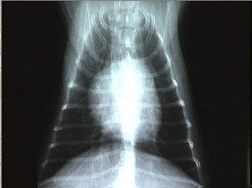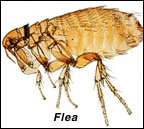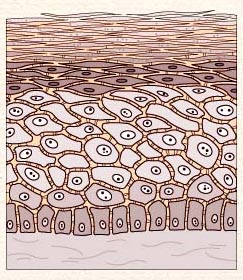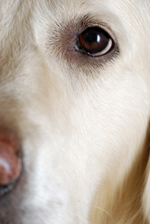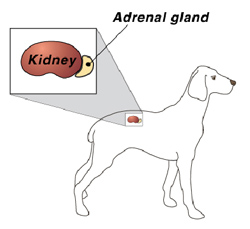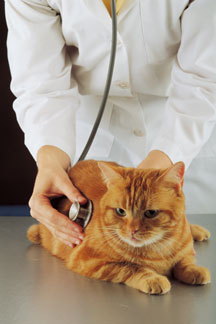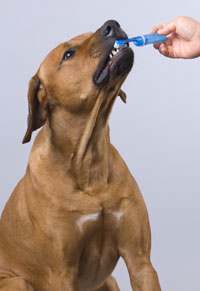
Dr. Cusick has a strong interest in Veterinary Dentistry, and is a Fellow of the Academy of Veterinary Dentistry. He feels the dental care of every pet is very important. Years ago, owners did a dental cleaning on their pets when they could no longer stand to be in the same room with the oral odor. Fortunately, over the years, that has changed because veterinarians have learned how important good pet dental health is to a long life with good quality.
A University of Pennsylvania study revealed that dogs with moderate dental disease release bacteria into their bloodstreams. This was discovered by collecting blood samples from a group of dogs before they ate breakfast. The same group of dogs had a second blood sample drawn after eating. Both blood samples were then put on a culture. The cultures that were run after the dogs were fed in fact grew bacterial organisms, which illustrates that an animal with moderate tarter, after eating, is releasing bacteria into its blood stream. Once in the blood stream, bacteria travel systemically from the brain, liver and kidneys to the heart and heart valves. As an animal becomes older the consequences become worse. All these risks can be decreased through routine dental care. Another important factor for our pets is
Another important factor for our pets is pain due to dental disease. Often owners come in assuming their pet’s dental health is fine when actually they – particularly cats – have significant pain. Cats are very good at masking pain. If an enamel lesion is touched with a dental instrument during an exam, a cat will jump. That same sensitive tooth under general anesthesia will elicit the same physiological response. After sealing or extracting a painful tooth, the cat’s quality of life vastly improves.
Each pet’s dental health will be evaluated at least yearly at their annual exam. Your pet’s dental health care will be based on its individual needs.
Dental care and cleaning will be performed under general anesthesia. An animal’s teeth cleaning, radiographs and extractions cannot be performed on an awake animal.
Dr. Cusick or one of the staff would be happy to address your questions or concerns.
Created with flickr slideshow.

